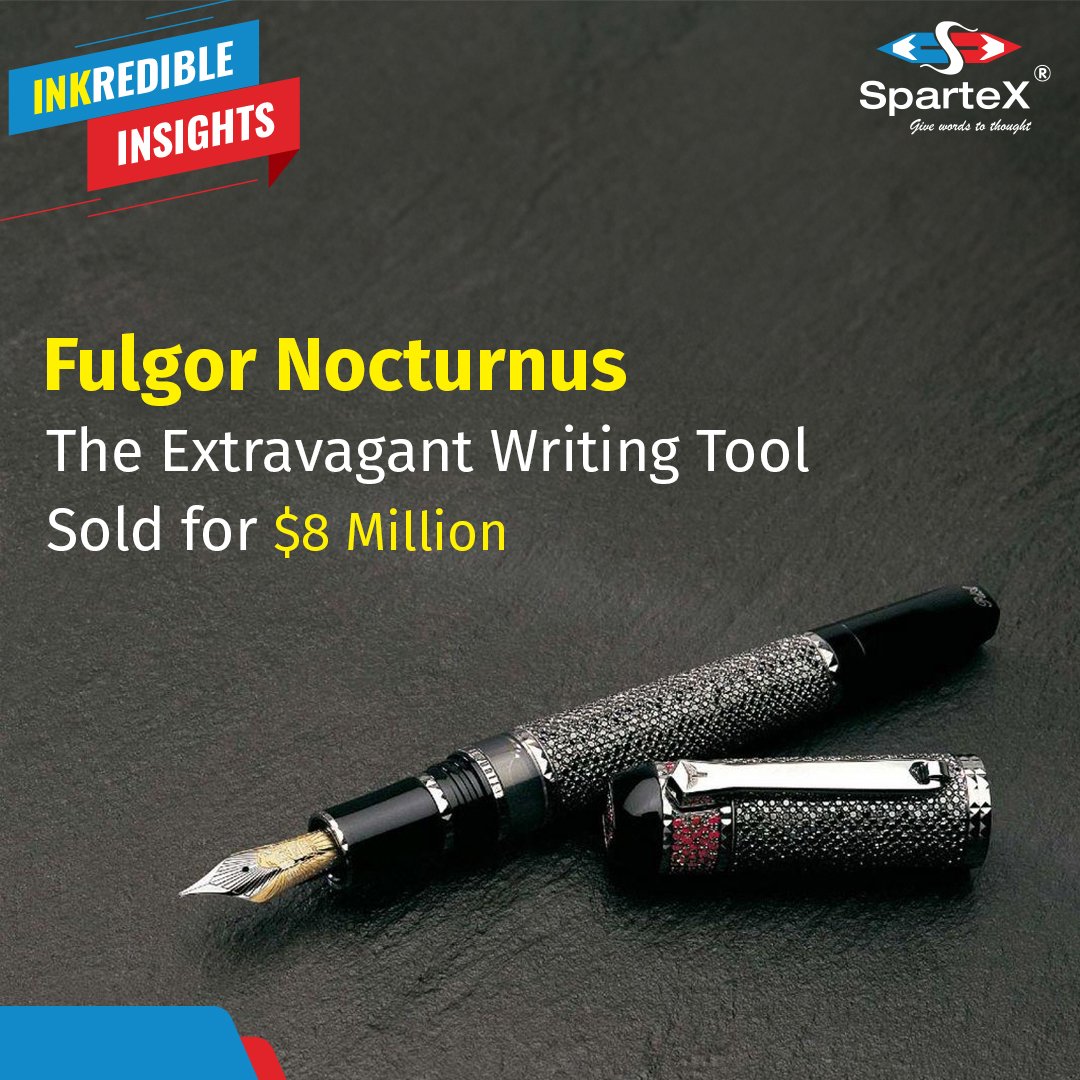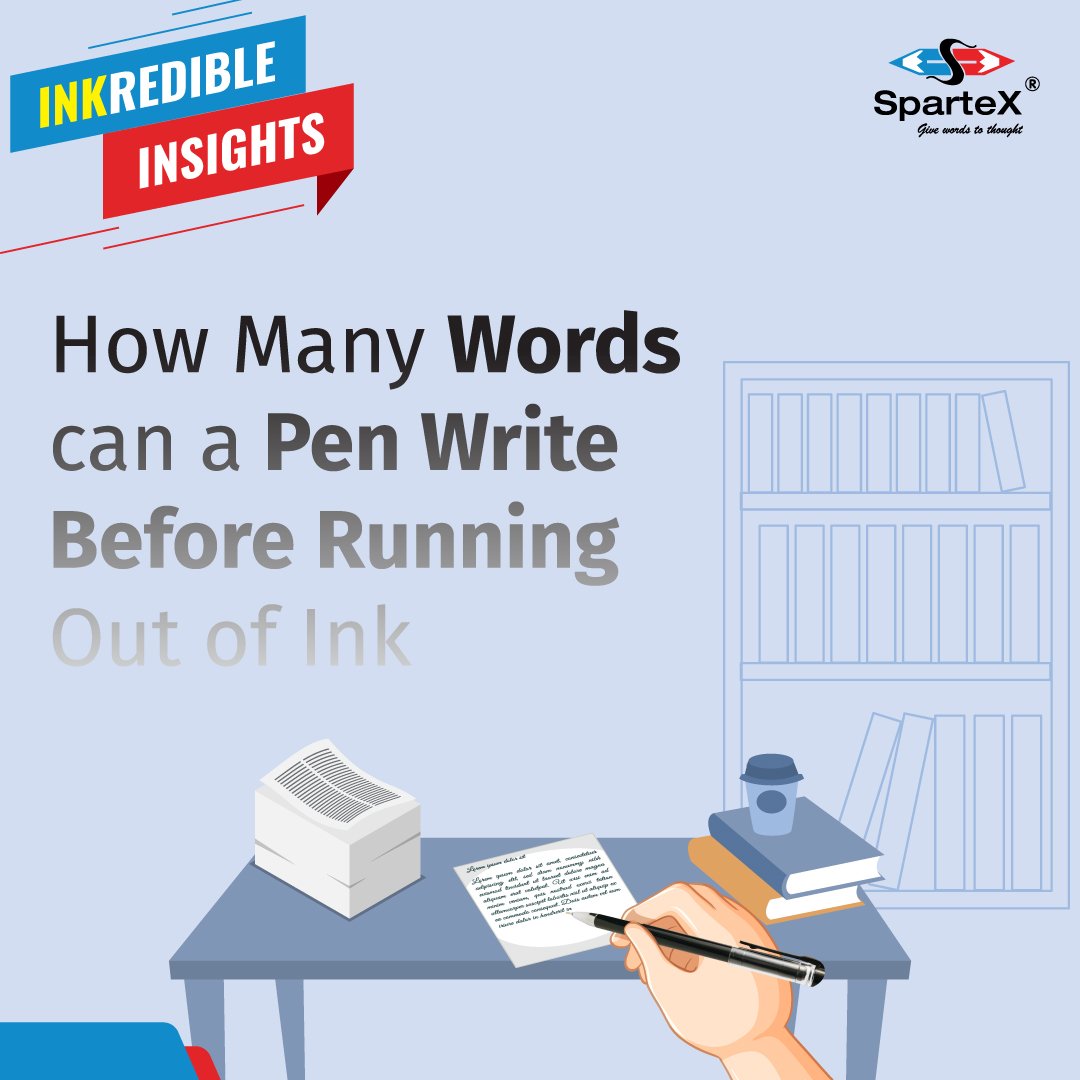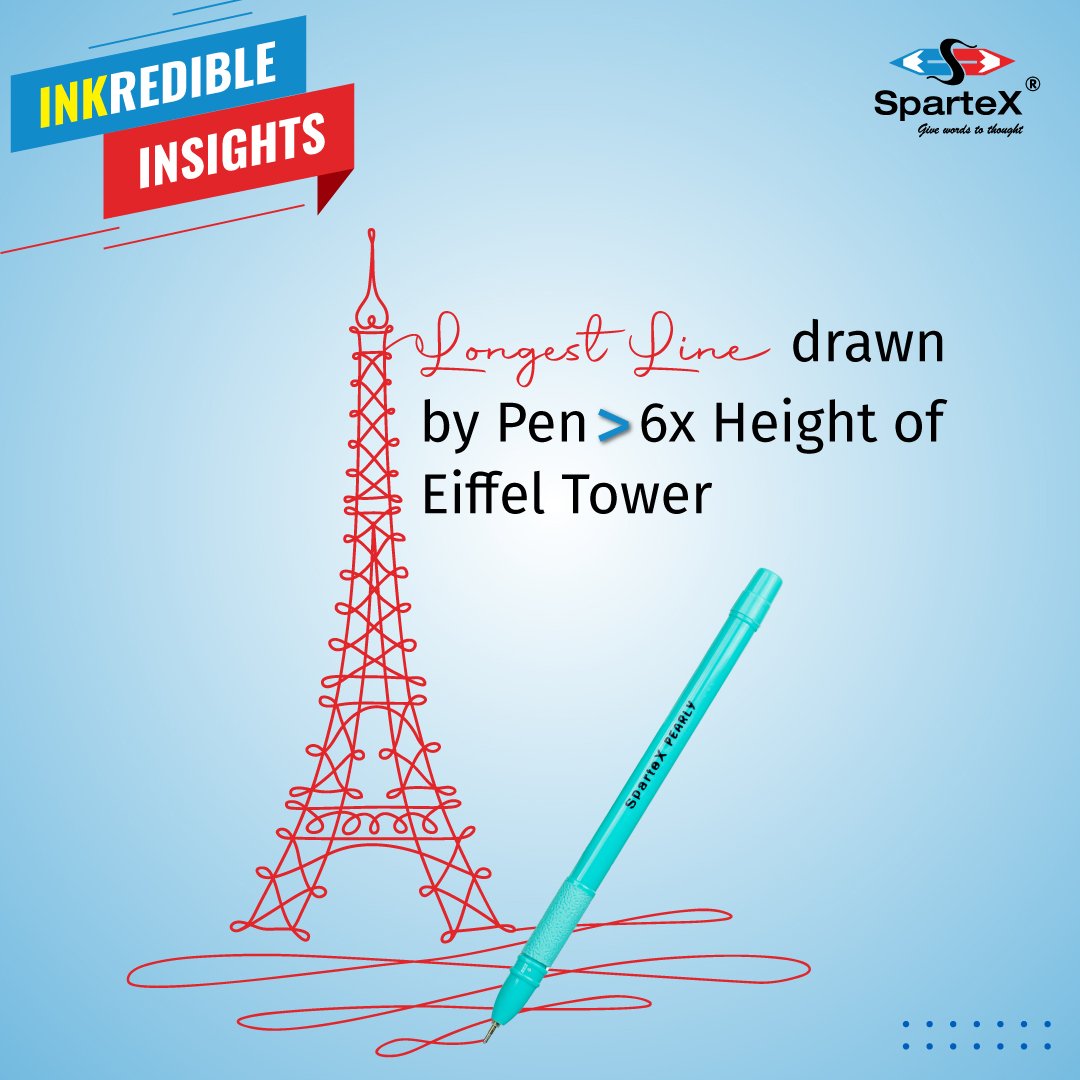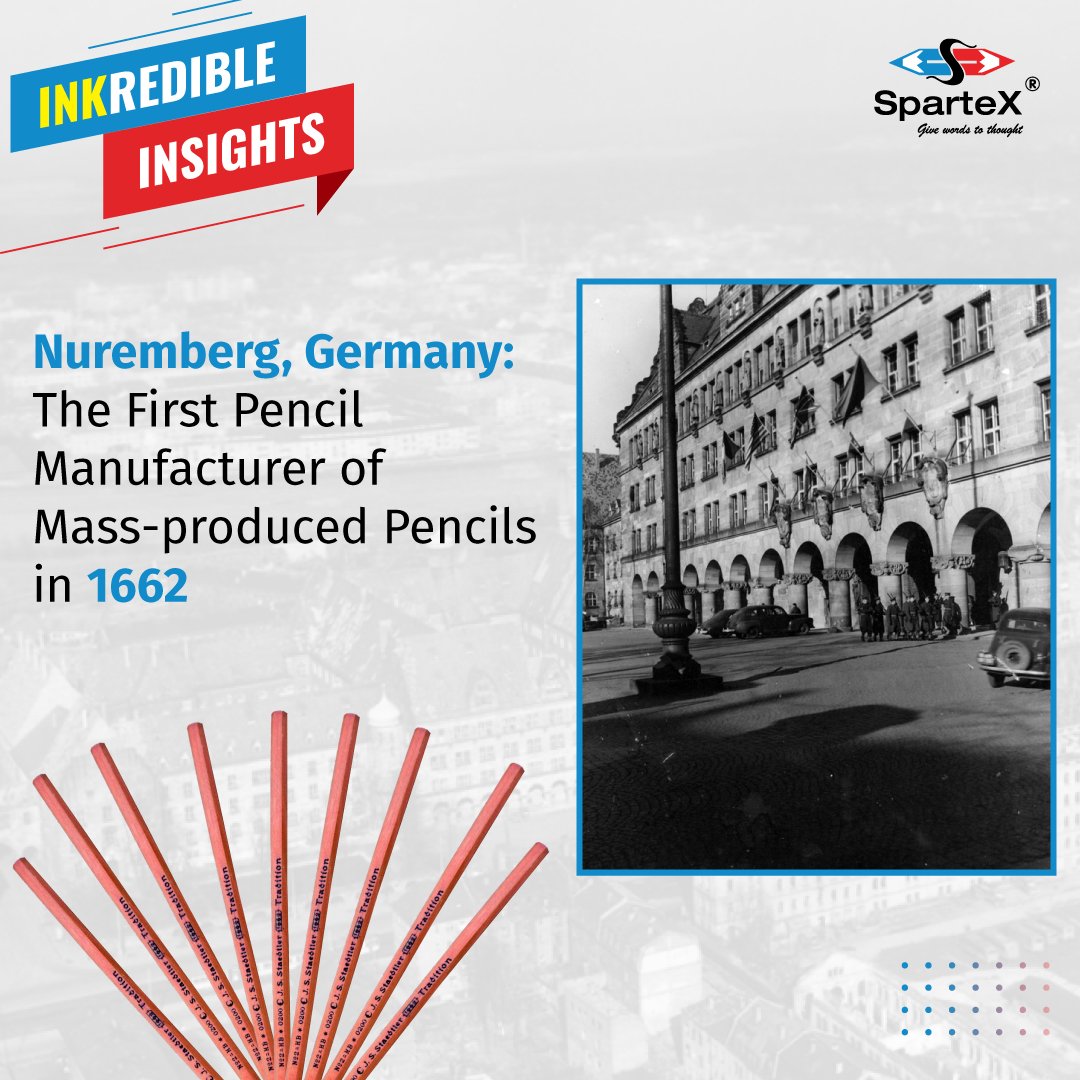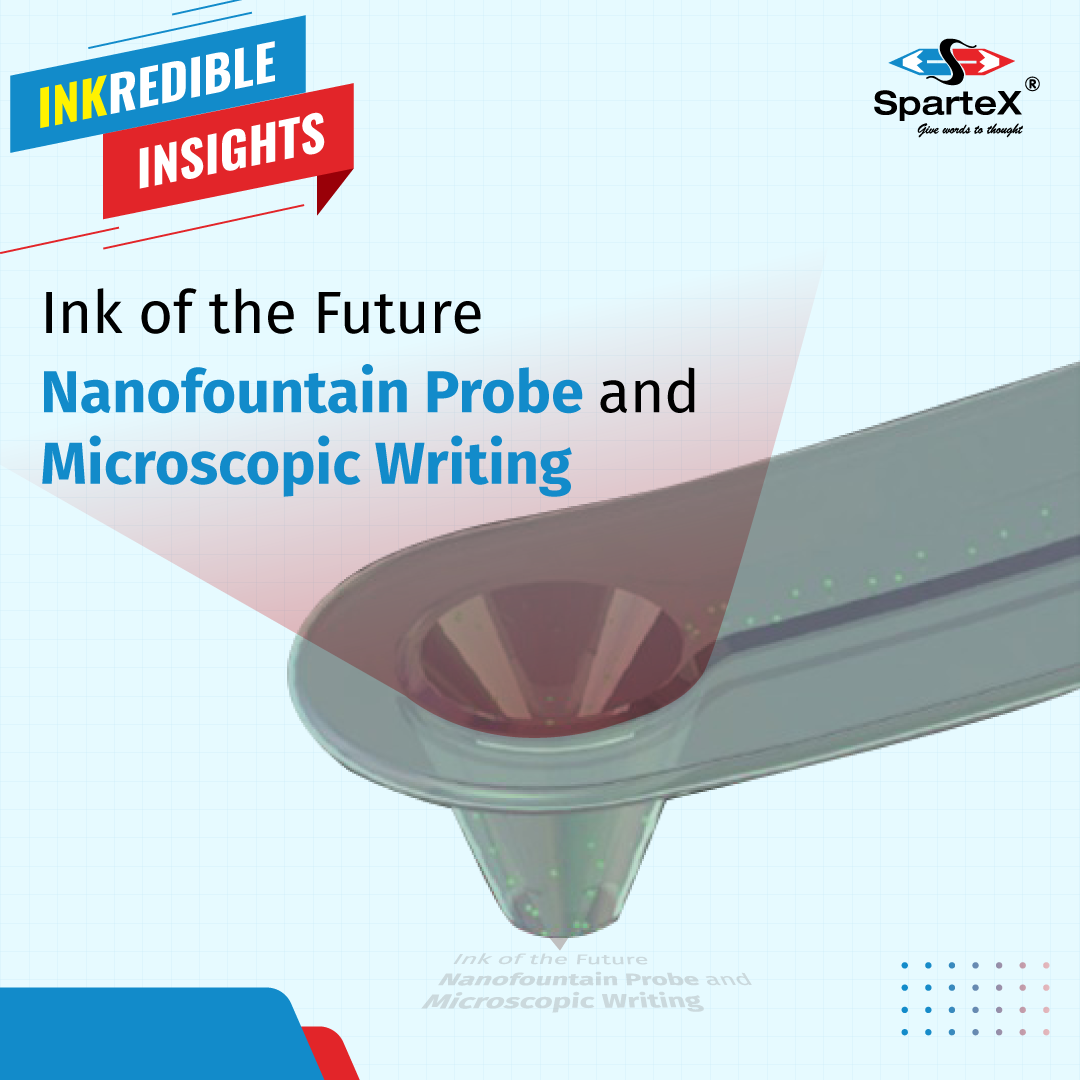
The Nanofountain Probe
A Technological Marvel Unveiling the World of Nanoscale Writing
Did you Know?
While the familiar pen remains a ubiquitous tool for recording thoughts and ideas, a revolutionary new design has emerged, operating on a far smaller scale: the Nanofountain Probe. Developed by researchers at Northwestern University, the Nanofountain Probe represents a significant advancement in nanotechnology. This groundbreaking tool can write lines as narrow as 40 nanometers – roughly 1/2000th the width of a human hair – representing a substantial leap in nanotechnology.
Unlike the everyday pen, the Nanofountain Probe isn’t designed for scribbling on paper. It is used in:
- Electronics: Development of miniaturized circuits, leading to faster, more efficient devices.
- Medicine: Creating targeted drug delivery systems and nanoscale biosensors for improved diagnosis and treatment.
- Materials science: Design of materials with unique properties and applications, paving the way for innovative products and technologies.
The Nanofountain Probe operates through a sophisticated microfluidic system. Specialized “inks,” such as molecules and nanoparticles, are delivered to a volcano-like tip, where they are precisely deposited onto surfaces, creating intricate and precise patterns. This remarkable process relies on the same capillary forces that govern ink flow in traditional fountain pens, ensuring continuous and controlled material delivery at an unprecedentedly small scale.
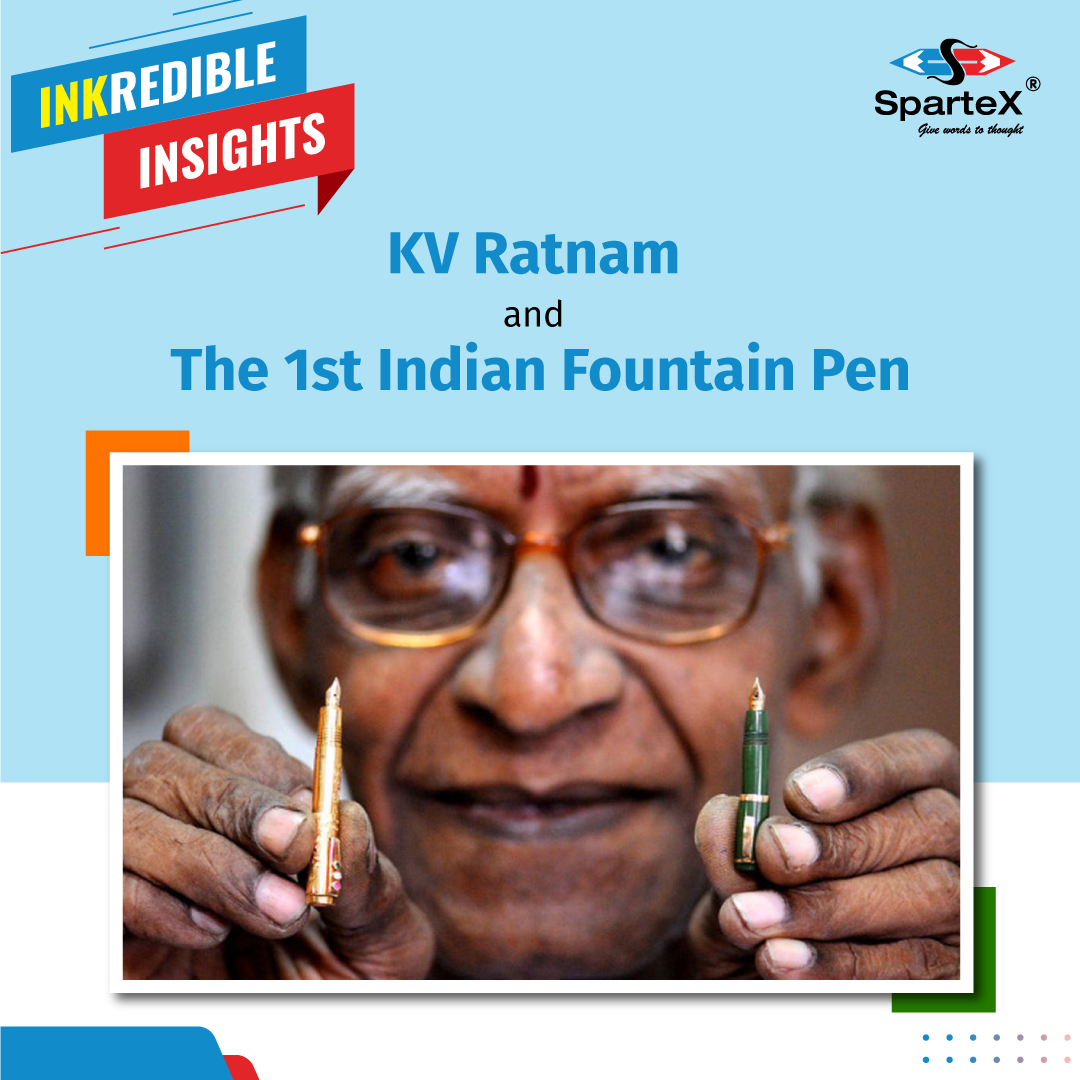
From Colonial Dependence to Global Recognition: The Rise of the Indian Fountain Pen Industry
Did you Know?
Amidst the turmoil of India’s fight for independence in 1932, KV Ratnam, a resident of Rajahmundry, embarked on a journey that would revolutionize the writing instrument industry in the country. Inspired by Mahatma Gandhi’s call for self-sufficiency and homegrown goods, Ratnam set out to create a fountain pen that was affordable and accessible to all.
Despite having no technical expertise, Ratnam was undeterred and began crafting his fountain pen armed with only a book of instructions and an unwavering spirit. He meticulously shaped and assembled the various parts from scratch, incorporating local materials and traditional motifs to reflect India’s rich cultural heritage. His creation resonated with the growing nationalist sentiment of the time, inspiring others to embrace indigenous products and break free from colonial dependence.
Ratnam’s remarkable achievement sparked a wave of passion for handmade fountain pens across India, leading to the establishment of workshops and factories that employed skilled artisans. Today, Indian fountain pens are celebrated for their exceptional craftsmanship, design, and affordability, with brands like “Gooptu’s” and “Ratnam Pens” becoming synonymous with quality and excellence. These pens continue to captivate pen enthusiasts worldwide, reflecting the legacy of KV Ratnam’s handcrafted revolution.

Paper Cups to Pencils, Edward Douglas Miller’s Sustainable Crafting Journey
Did you Know?
Edward Douglas Miller, a British entrepreneur, has successfully made pencils from recycled waste, like simple paper cups, discarded and destined for landfills.
Miller was passionate about sustainability and embarked on an extraordinary mission: to create writing tools using recycled materials. His company, Remarkable, aptly named for its dedication to turning waste into wonder, provided the perfect platform for this ambitious endeavor. In 2013, he created a pencil that was 323.51m in length. 15,000 paper cups, destined for a life of obscurity, were meticulously collected and cleaned. Under Miller’s meticulous guidance, these cups were transformed into the building blocks of an extraordinary creation. The cups were assembled carefully, forming the casing for the world’s longest pencil. The graphite core, the heart of any pencil, was sourced responsibly and painstakingly inserted into the recycled plastic casing.
The completed pencil, measuring an astonishing 1,061 feet, was not merely a record-breaker but an embodiment of resourcefulness and innovation. It stood as a beacon of hope, demonstrating the potential to repurpose discarded materials into objects of beauty and utility.
Ink and Diamonds: The Extravagant Fulgor Nocturnus
Did you Know?
The Fulgor Nocturnus, made by the renowned Tibaldi pen makers in Florence, was sold for a whopping $8 million at a Shanghai auction in 2010. And why wouldn’t it? The pen boasts 945 black diamonds and 123 rubies, making it a true masterpiece of opulence and craftsmanship. This pen goes beyond being just a mere writing instrument. It symbolizes prestige and luxury, an authentic statement piece that exudes sophistication and class. Tibaldi’s exceptional attention to detail and dedication to producing only the finest writing instruments is evident in the creation of the Fulgor Nocturnus. It’s not just a pen; it’s a work of art that defies conventions. It’s the perfect blend of extravagance and craftsmanship, making it a head-turner, a jaw-dropper, and a conversation starter all at once. And to think that it all started with a pen!
**Image Source: https://rb.gy/wlubsi
Quantifying Ink: A Pen’s Word Threshold
Did you Know?
On average, a pen has the capability to write up to 45,000 words. This translates to roughly 100 A4 pages, with an average of 450 – 500 words written per page. To better understand this, you can think of it as crafting a small novel or documenting weeks of meticulous note-taking during lectures or meetings. While choosing a pen, one must consider several things, the most important being how many words it can write. Although the exact number may vary depending on the type of ink, brand of pen, writing style, and paper quality, it’s still fascinating to estimate how long a pen can last. Typically, a fountain pen will yield the lowest word count and require frequent refills, while a ballpoint pen can write up to 50,000 words per refill.
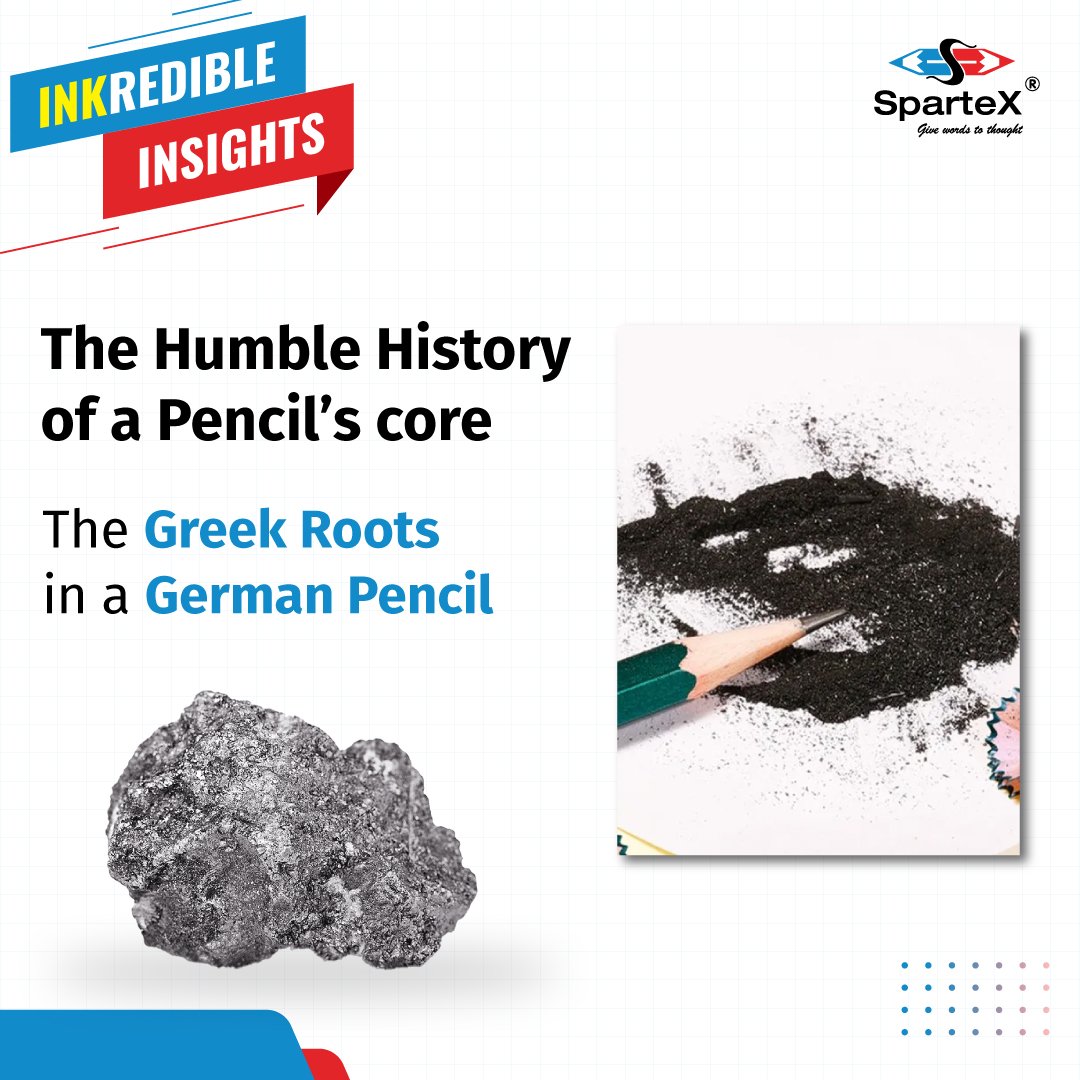
How Did the Core of a Pencil Get the Name Graphite
Did you Know?
Although the pencil was invented in the latter half of the 17th century, the origin of the black stuff found inside the pencil dates back to ancient Greece. The commonly used term for the soft black stuff forming the core of a pencil is often called lead, which, again, is a misnomer. The mineral used is graphite, an allotropic form of carbon in a hexagonal crystalline structure. Interestingly, the intricate tapestry of language weaves the word “graphite” from its German root, a derivative of an ancient Greek word. The origin of the word “graphite” lies in the Greek verb “graphein”, which means “to write”. German scholar Werner was the first to use graphite in 1796 but used the German derivative “graphite”. With time, the language has evolved, and we now use the term “graphite”. This linguistic connection illuminates the profound relationship between the material and its fundamental purpose: inscribing on a surface.
To understand how this graphite has become the standard pencil core instead of metal, wood, and other materials, check out the blog on evolution of pencil.
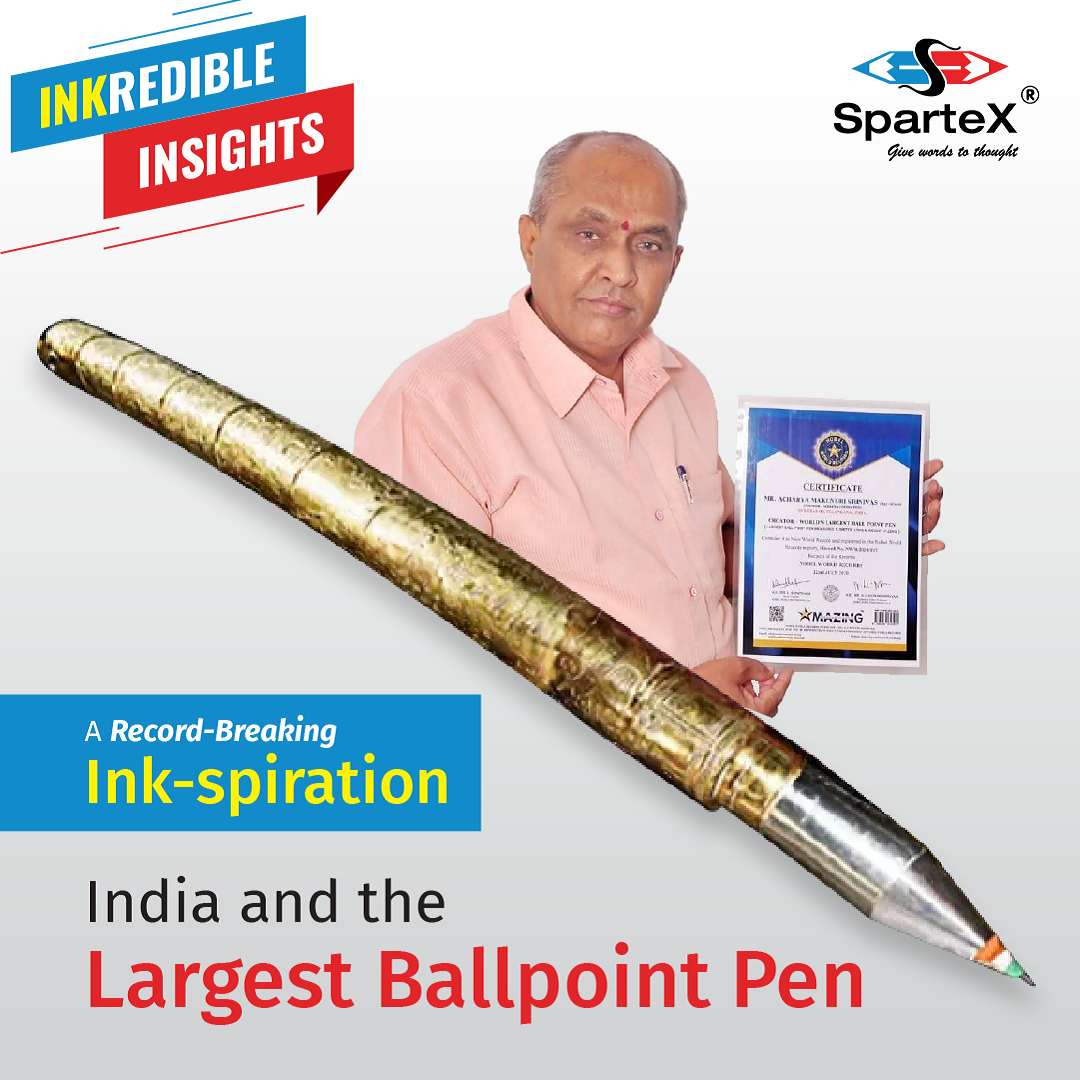
The Giant Pen: Srinivasa’s Inkspiration Unleashed
Did you Know?
Acharya Makunuri Srinivasa, a visionary and inventor from India, has created history by breaking the Guinness World Record. He created the world’s largest ballpoint pen, which he made in 2011.
Srinivasa’s masterpiece is the redefinition of the very essence of penmanship. This record-breaking pen measures 5.5 metres long, weighs 37.23 kg, and was created after Acharya found it challenging to write with regular-sized pens due to his big hands. It took him three years to make, cost around $10,000, and is now on display at the Acharya’s Institute of Technology in Bangalore, India. This colossal creation is more than just a writing tool; it celebrates ingenuity and the indomitable human spirit. The pen, adorned with intricate detailing and vivid colours, mirrors the depth of its creator’s imagination. It was no small feat to craft this monumental pen. Srinivasa, an artist and engineer, spent months meticulously designing and assembling the pen, ensuring every detail was a brushstroke of perfection. The sheer size of the pen is awe-inspiring, attracting attention from art enthusiasts and curious minds alike.
Drawing the Longest Line: The Astonishing Reach of Ballpoint Pens
Did you Know?
Your average ballpoint pen can easily faceoff against the Eiffel Tower of Paris. It cannot be compared in height or popularity, for our dear old pen has a much more humble background. But if you were to use a ballpoint pen to draw a continuous long line, it could easily exceed the height of the Eiffel Tower.
The Eiffel Tower is a globally recognised symbol of architectural splendour, reaching an impressive height of 324 metres. However, the seemingly humble ballpoint pen boasts an astonishing capacity to draw a line almost 2000 metres (2 kilometres) long, nearly six times the height of the Eiffel Tower. Thus, ballpoint pens are impressive in their longevity and are generally a favourite pick of students and professionals.
The Lethal Habit: The Untold Side of Pen Caps
Did you Know?
That pens are responsible for more than 100 deaths yearly! Surprisingly, it is not the pointed tip of the pen that causes harm but the cap, which, upon swallowing, causes suffocation and asphyxia. However, this habit is not just a random impulse but is linked to sensory comfort. According to psychoanalyst Sigmund Freud, when a baby doesn’t get enough oral stimulation, they resort to pen chewing, nail-biting, or gnawing at wooden pencils. When left unchecked, it continues for a lifetime, becoming what we scientifically call oral fixation. This is why most pen caps have a small hole on top. It helps prevent the ink from drying out and reduces the risk of choking deaths, which can occur if someone accidentally swallows a pen lid.
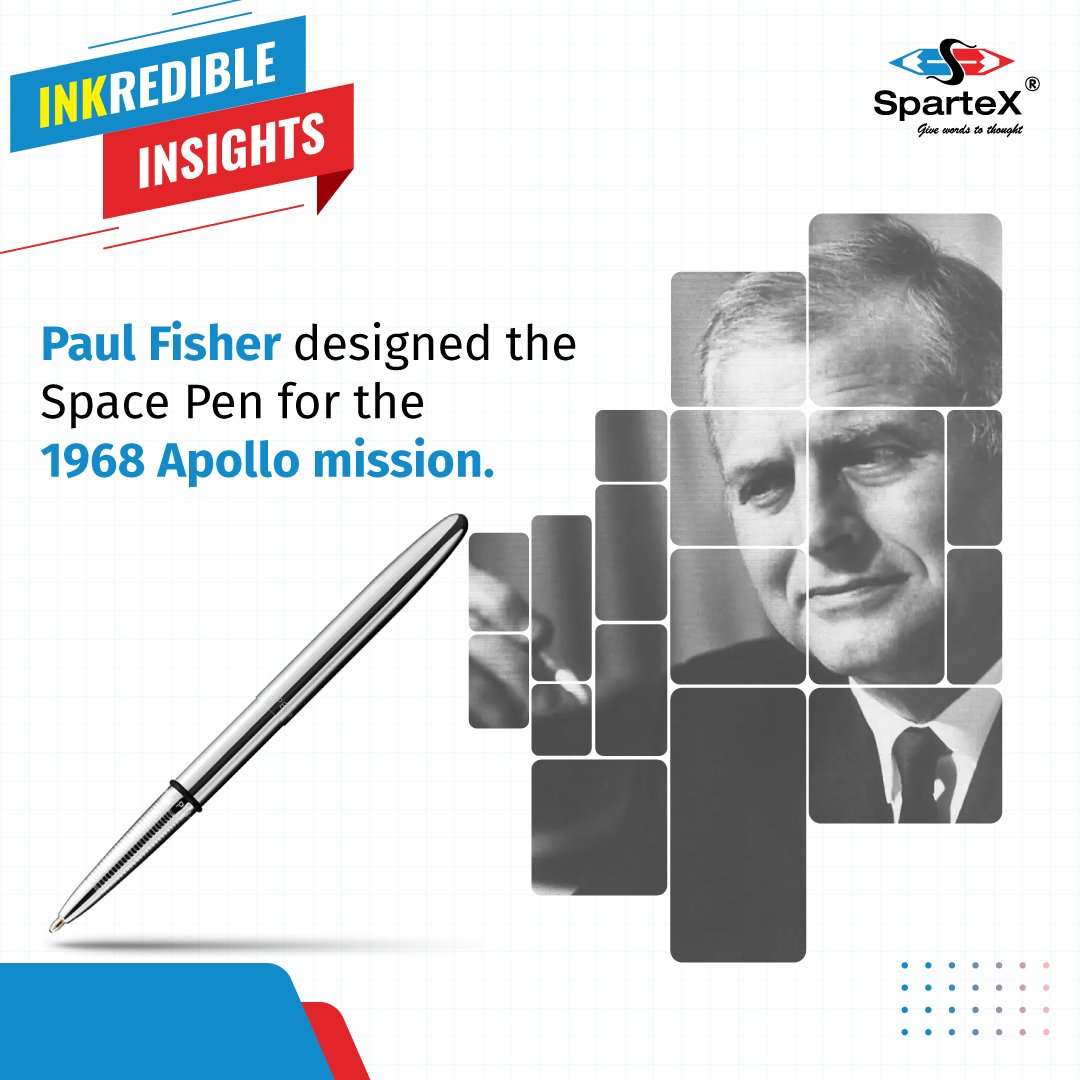
Paul Fisher’s Ingenious Space Pen for Apollo 1968 Mission
Did you Know?
In 1968, Paul Fisher made a pen that defied gravity. No, it didn’t float around like some magic wand, but it did something even more impressive – it wrote in space!
Back in the day, NASA had a big problem to solve. Regular pens wouldn’t work in the zero-gravity vacuum of space. They’d sputter and die, leaving astronauts with a cosmic case of writer’s block. Paul Fisher, an inventor and pen enthusiast, recognized the need for a reliable writing tool for astronauts and was determined to provide a solution. He developed the Fisher Space Pen, a unique pen that could write in extreme environments, including zero gravity.
The pen used a pressurized ink cartridge that made it possible to write upside down, underwater, and in space, defying gravity. NASA was impressed with the pen’s capabilities, and it was used on the Apollo 7 mission in 1968, marking its debut in space. The Fisher Space Pen was a revolutionary tool for astronauts and a symbol of innovation and reliability for people on Earth.
Nuremberg: The Advent of Mass-Produced Pencils
Did you Know?
In 1662, Nuremberg, Germany, became the first manufacturer of mass-produced pencils, revolutionising the realm of writing instruments. Before this, pencils were handcrafted and expensive, making them a luxury item. Nuremberg’s industrialization of the process democratised the use of pencils, making them accessible to the masses. Their high-quality graphite cores and finely crafted wooden casings gained international recognition and soon spread worldwide, revolutionising education, communication, and art.
The Psychological Aspect of Using a New Pen
Did you Know?
When someone is handed a pen, their first instinct is to write their name with it. This act of personalizing the pen goes beyond just practicality. It reveals something about human psychology and behavior. Writing one’s name with a pen is a way of extending personal identity. It asserts ownership, creating a sense of attachment to the object. It can also be a subtle way of establishing territorial boundaries. By writing one’s name on the pen, it indicates that this pen is not to be used by anyone else. It’s also a way of preserving one’s identity and seeking recognition.




